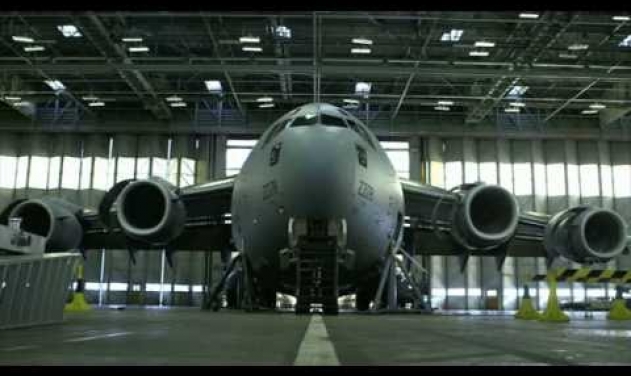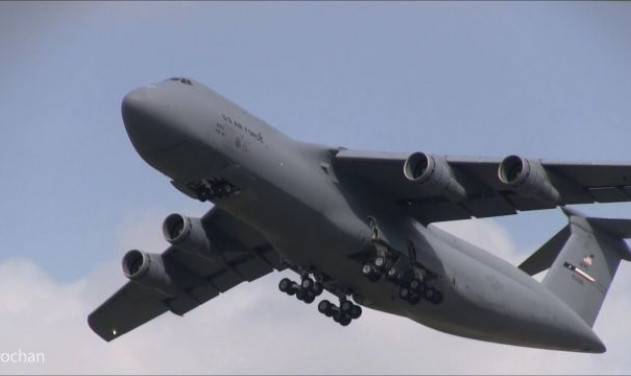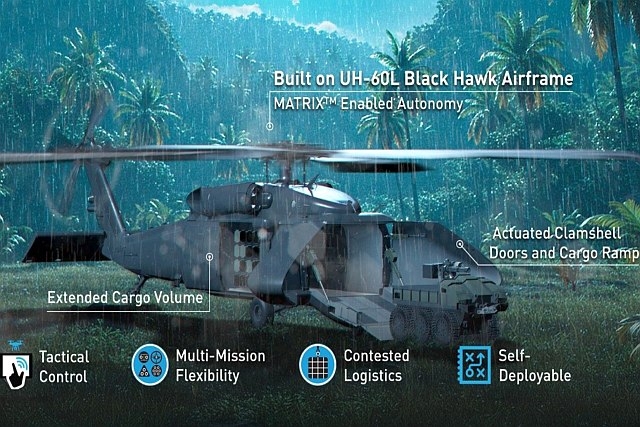Royal Air Force's RAPTOR Achieves 10,000 Flight Hours

British Royal Air Force (RAF)'s RAPTOR (Reconnaissance Airborne Pod for Tornado) sensor systems recently attained 10,000 flight hours of imaging capabilities in support of coalition operations.
The RAPTOR is centered on the world's first tactical dual-band, day/night airborne reconnaissance system, UTC Aerospace Systems' DB-110, the company announced Monday.
The system was first deployed by the RAF in 2002 and has remained in use, supporting operations in Afghanistan, Iraq and Libya.
The system captures high-quality day and night images, and uses industry leading technology that is capable of acquiring precision images up to 100 miles away. The imagery is sent to a UTC Aerospace Systems-supplied ground station for real-time operational use.
"Each Tornado mission in Iraq that used the previous ISR system was tasked to collect 12 points of interest due to the systems' capacity but on the first mission with the RAPTOR we were able to collect more than 200 because it was far more capable." Former RAF (retired) squadron leader, Dave Postlethwaite, who was instrumental in the initial trials and deployment of the RAPTOR system said.
In recognition of this milestone, UTC Aerospace Systems' Vice President of Airborne Systems, Kevin Raftery, presented a Silver Tornado statue to the Royal Air Force's Marham Wing, which is where the RAPTORs are stationed.










